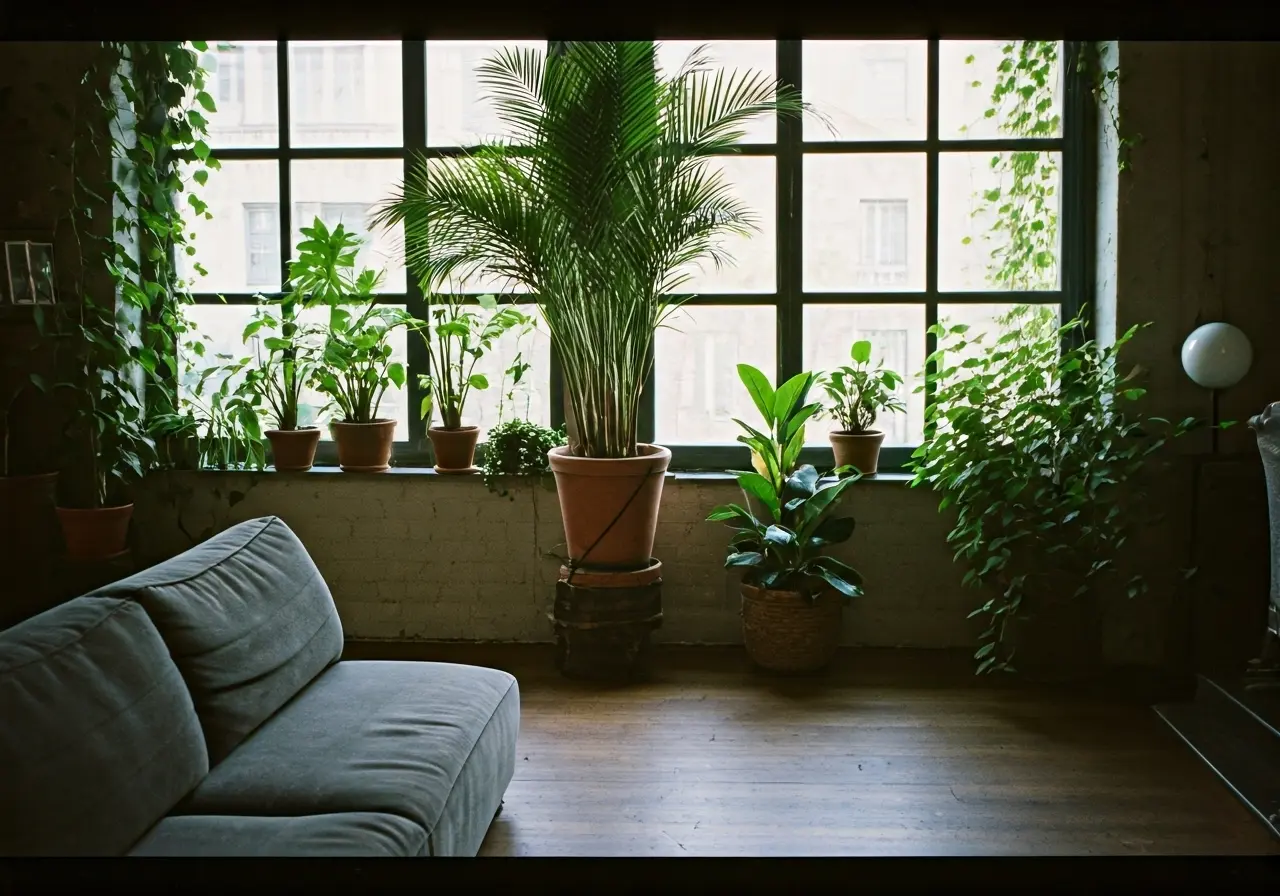What Are the Key Elements of Wellness Design?
In today's fast-paced world, creating a space that promotes wellness and tranquility is more important than ever. Wellness design focuses on crafting environments that support mental, emotional, and physical health. But what exactly goes into wellness design? Let's explore the key elements that make a space truly rejuvenating.
Incorporating Natural Elements
Natural elements like wood, stone, and plants can significantly enhance the ambiance of your space. Bringing the outside in not only adds beauty but also promotes tranquility and relaxation.
The presence of natural elements is not just about aesthetics; it enhances mental clarity and reduces stress. By integrating indoor plants, for instance, you can improve air quality and introduce a calming effect in your home. Studies have shown that exposure to nature, even indoors, can boost mood and creativity. Consider placing a small desktop plant or a larger potted tree in areas where you spend the most time.
You can incorporate natural materials not only through decor but also in your furniture choices, flooring, and even textiles. Opting for materials like bamboo or reclaimed wood can help create a serene and organic environment.
Choosing the Right Color Palette
Colors can greatly impact our mood and energy. Opt for soothing, neutral tones to create a calm environment or choose bright, vibrant colors for an energetic space. The choice of color should align with the purpose of the room.
When thinking about your color scheme, consider how different hues can alter perceptions and feelings. Blues and greens are often linked to tranquility and have a soothing effect, perfect for bedrooms and bathrooms. Psychology of Colors provides more insight into how different colors can affect our mental state.
If you're looking to energize a space, vibrant colors like yellows and oranges can inject a sense of fun and activity. However, moderation is key; too much of any bright color can become overwhelming, detracting from the overall wellness of a space.
Ensuring Good Air Quality
Good air quality is crucial for wellness. Consider adding air purifiers, houseplants, or ventilation systems to improve the air you breathe and keep your space fresh and healthy.
One way to maintain good air quality is by integrating a variety of indoor plants known for their air-purifying qualities. Plants like spider plants and snake plants are excellent air cleaners that require minimal care. They can help reduce indoor pollutants and increase oxygen levels.
Ventilation is another key aspect of air quality. Ensuring a regular flow of fresh air by opening windows or using exhaust fans can greatly reduce the concentration of indoor pollutants. For a more advanced solution, consider smart air purifiers that can adjust settings based on air quality levels detected in real-time.
Designing for Comfort and Functionality
Ensure that your space is not only aesthetically pleasing but also functional and comfortable. Choose furniture that offers support, and arrange your layout to facilitate movement and ease of use.
Comfort should never be compromised for aesthetics in a wellness design. Take ergonomic furniture, for example. A well-designed chair or desk can prevent aches and increase productivity, making a big difference in workplaces or home offices.
Think about the flow and flexibility of the space. Movable furniture and multi-purpose pieces can adapt to different needs and events, creating a dynamic environment that caters to various activities and lifestyles.
Bringing Wellness into Your Space
Incorporating these key elements of wellness design into your home or workspace can profoundly impact your overall well-being. By prioritizing natural elements, comforting colors, and thoughtful layouts, you create a nurturing environment that supports a healthier, happier lifestyle. To explore how you can integrate these elements into your own space, visit Anne Carr Design for expert guidance.

